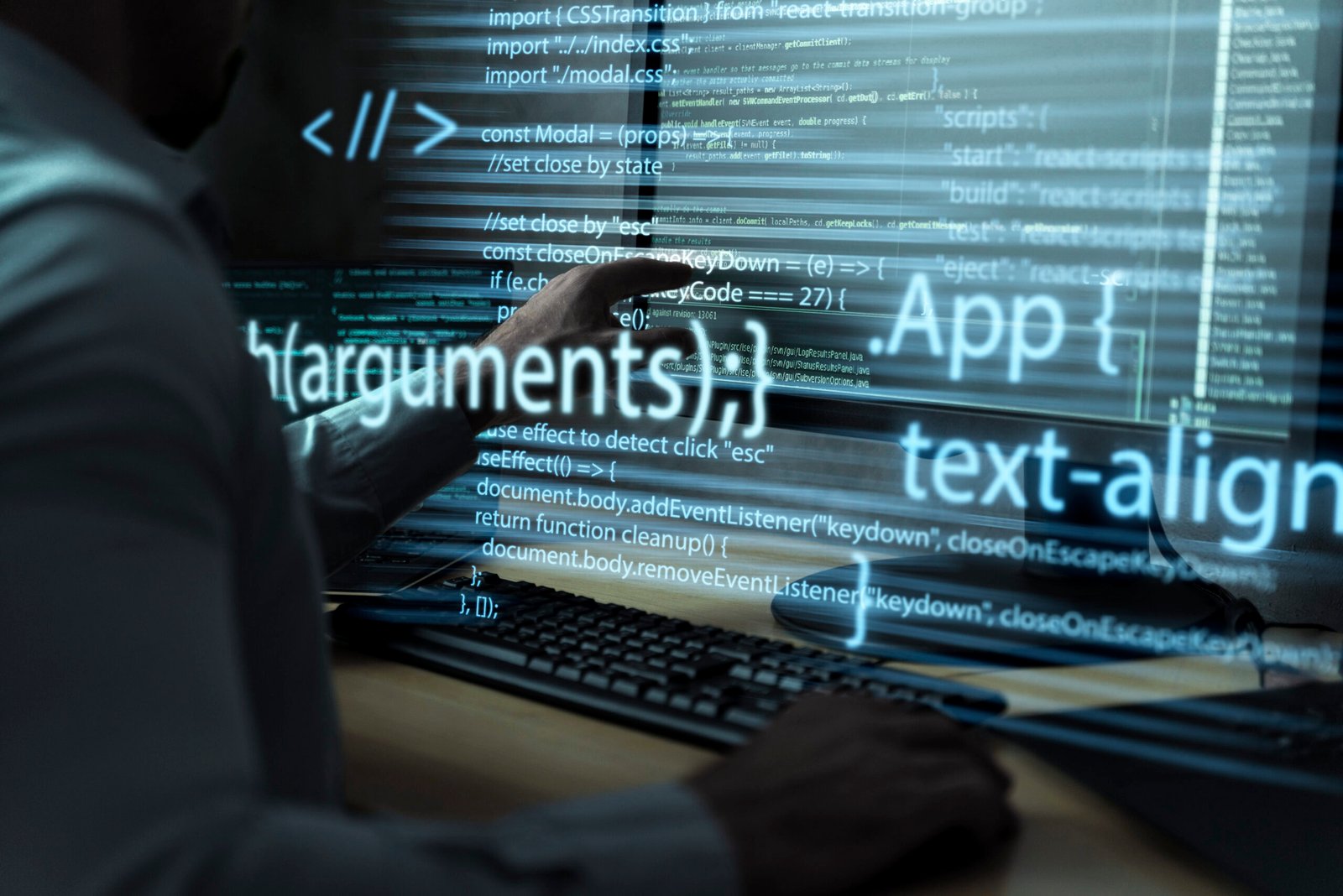Currently Empty: €0.00

Python: The Beating Heart of the AI Revolution!
The Future of AI Programming: How Python, R, and Julia Are Shaping Machine Learning
AI Programming Languages: The Key to Innovation
In today’s fast-evolving tech landscape, programming languages are the foundation of artificial intelligence (AI) and machine learning (ML). A 2023 Gartner report underscores how AI-centric languages enhance efficiency, scalability, and accessibility, enabling smarter, faster AI solutions. Among these, Python stands out as the global leader, driving AI innovation and reshaping industries worldwide.
Why AI Development Depends on Programming Languages
Choosing the right programming language directly impacts AI model efficiency, scalability, and real-world performance. While Python and R dominate, emerging languages like Julia are gaining momentum. According to François Chollet, creator of Keras and AI researcher at Google, “Python has become the de facto language for AI due to its simplicity and powerful ecosystem, which includes TensorFlow and PyTorch”. (Chollet, 2018, Deep Learning with Python).
Python: The Backbone of AI Innovation
Python’s dominance in AI is due to its intuitive syntax, vast library support, and strong developer community. Top AI frameworks, such as TensorFlow (Google Brain, 2015) and PyTorch (Meta AI, 2016), allow data scientists to build advanced machine learning models with ease.
Turing Award winner and Meta’s Chief AI Scientist, Yann LeCun, explains:
“Python’s versatility and extensive libraries accelerate AI development, making it indispensable for research and industry applications.” (LeCun, 2021, Deep Learning Revolution)
R: The Powerhouse for Data Science & Analytics
While Python is the leading AI language, R remains the top choice for statistical computing and data visualization. Hadley Wickham, Chief Scientist at RStudio, highlights its significance:
“R is the best tool for statistical computing and graphics, making it essential for finance, bioinformatics, and predictive analytics.“ (Wickham, 2019, Advanced R)
R’s capabilities make it indispensable for machine learning applications that rely on deep statistical analysis and trend forecasting.
The Rise of Julia: A Game Changer in AI
Beyond Python and R, new languages like Julia are revolutionizing AI development. Julia combines high-level usability with low-level efficiency, making it ideal for AI-driven performance computing.
According to Dr. Viral B. Shah, co-founder of Julia:
“Julia provides the speed of C with the ease of Python, making it a strong contender for AI and machine learning research.“ (Shah et al., 2020, The Julia Programming Language)
What’s Next? The Future of AI Programming
The rapid evolution of AI is closely tied to advancements in programming languages and frameworks. As technology progresses, AI languages will become more specialized, optimizing deep learning architectures.
Geoffrey Hinton, AI pioneer and Turing Award recipient, predicts:
“Future AI frameworks will leverage even more specialized languages to optimize deep learning architectures.” (Hinton, 2022, AI and the Brain







